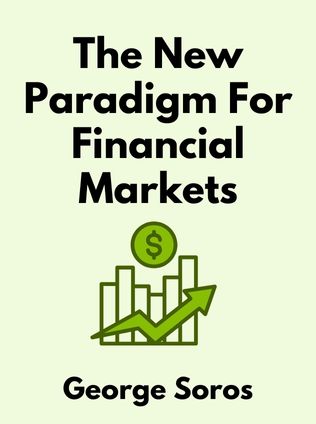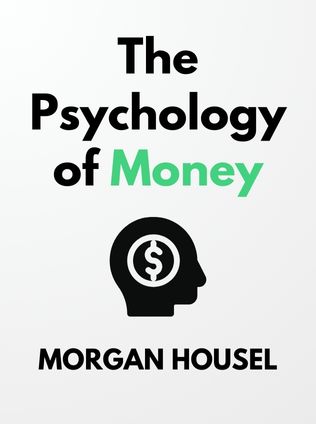
The New Paradigm for Financial Markets
The Credit Crisis of 2008 and What It Means
By George Soros
Published 05/2008
About the Author
George Soros, the author of The New Paradigm for Financial Markets: The Credit Crisis of 2008 and What It Means, is a renowned financier, philanthropist, and author. Soros is the chairman of Soros Fund Management and the founder of the Open Society Foundations, a network of foundations dedicated to promoting democracy, human rights, and economic development. Born in Budapest, Soros has been a significant figure in global financial markets, known for his deep understanding of market dynamics and his influential role in financial and social initiatives. His writings often challenge conventional economic theories and offer unique insights into the functioning of markets and economies.
Main Idea
The New Paradigm for Financial Markets delves into the causes and implications of the 2008 financial crisis, proposing a new conceptual framework for understanding financial markets. Soros critiques the prevailing market paradigm, which assumes that markets tend toward equilibrium, arguing instead that markets are inherently unstable due to the reflexive relationship between market participants' perceptions and the realities they help shape. This book explores the concept of reflexivity, where the actions and perceptions of market participants influence market fundamentals, leading to cycles of boom and bust. Soros emphasizes the need for a new understanding of market dynamics to prevent future crises.
Table of Contents
- Introduction: A New Paradigm
- Bubbles and Super-Bubbles
- Setting the Stage
- Origins of the Crisis
- Rattled Markets and Global Impacts
- Reflexivity and Financial Markets
- The Human Uncertainty Principle
- The Super-Bubble Hypothesis
- Market Fundamentalism and Its Discontents
- Conclusion: Toward a New World Order
Introduction: A New Paradigm
In the introduction, Soros argues that the 2008 financial crisis was not just another market downturn but a fundamental shift in the global financial system. He critiques the traditional economic view that markets are self-correcting and tend toward equilibrium. Instead, he introduces the concept of reflexivity, where market participants' perceptions and actions can influence market outcomes. This reflexive nature of markets leads to cycles of booms and busts, challenging the notion of a stable equilibrium.
"The currently prevailing paradigm, namely that financial markets tend toward equilibrium, is both false and misleading." - George Soros
Soros contends that the conventional understanding of markets is flawed because it fails to account for the impact of participants' biases and perceptions. He argues that these factors can create feedback loops that drive markets away from equilibrium, often leading to significant mispricing and financial instability. This new paradigm recognizes the dual role of market participants as both observers and influencers of market conditions, which can result in self-reinforcing cycles that are not adequately addressed by traditional economic models.
Bubbles and Super-Bubbles
Soros describes bubbles as periods when asset prices deviate significantly from their fundamental values, driven by market participants' exaggerated expectations. He introduces the concept of "super-bubbles," which are larger and more complex than typical market bubbles. The housing bubble leading up to the 2008 crisis, according to Soros, was part of a larger super-bubble characterized by excessive credit expansion and deregulation.
Sign up for FREE and get access to 1,400+ books summaries.
You May Also Like
Rich Dad Poor Dad
What the Rich Teach Their Kids About Money - That the Poor and Middle Class Do Not!
By Robert T. KiyosakiFreakonomics
A Rogue Economist Explores the Hidden Side of Everything
By Steven D. Levitt and Stephen J. DubnerI Am Malala
The Story of the Girl Who Stood Up for Education and Was Shot by the Taliban
By Malala YousafzaiFactfulness
Ten Reasons We're Wrong About the World – and Why Things Are Better Than You Think
By Hans Rosling



















